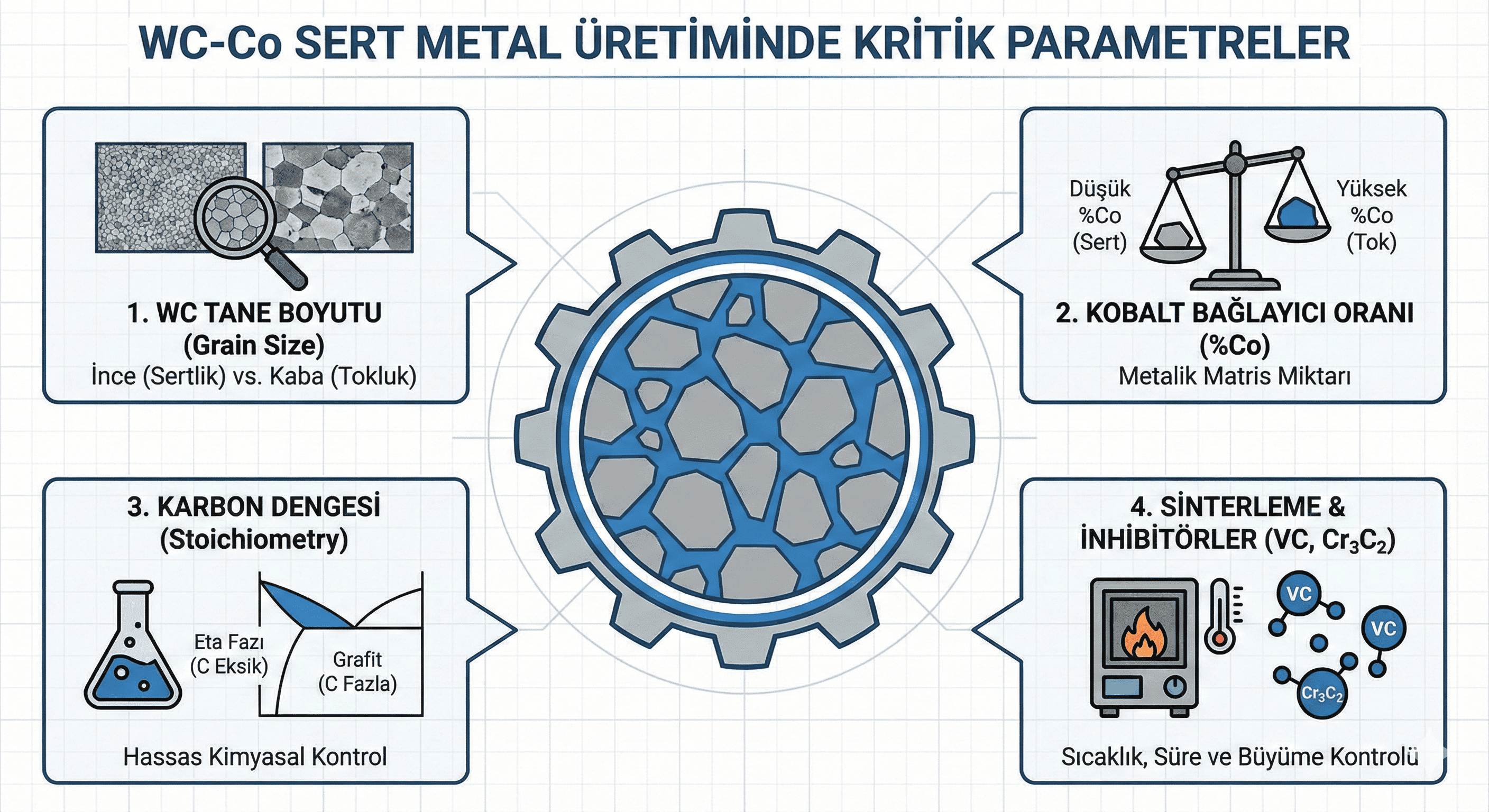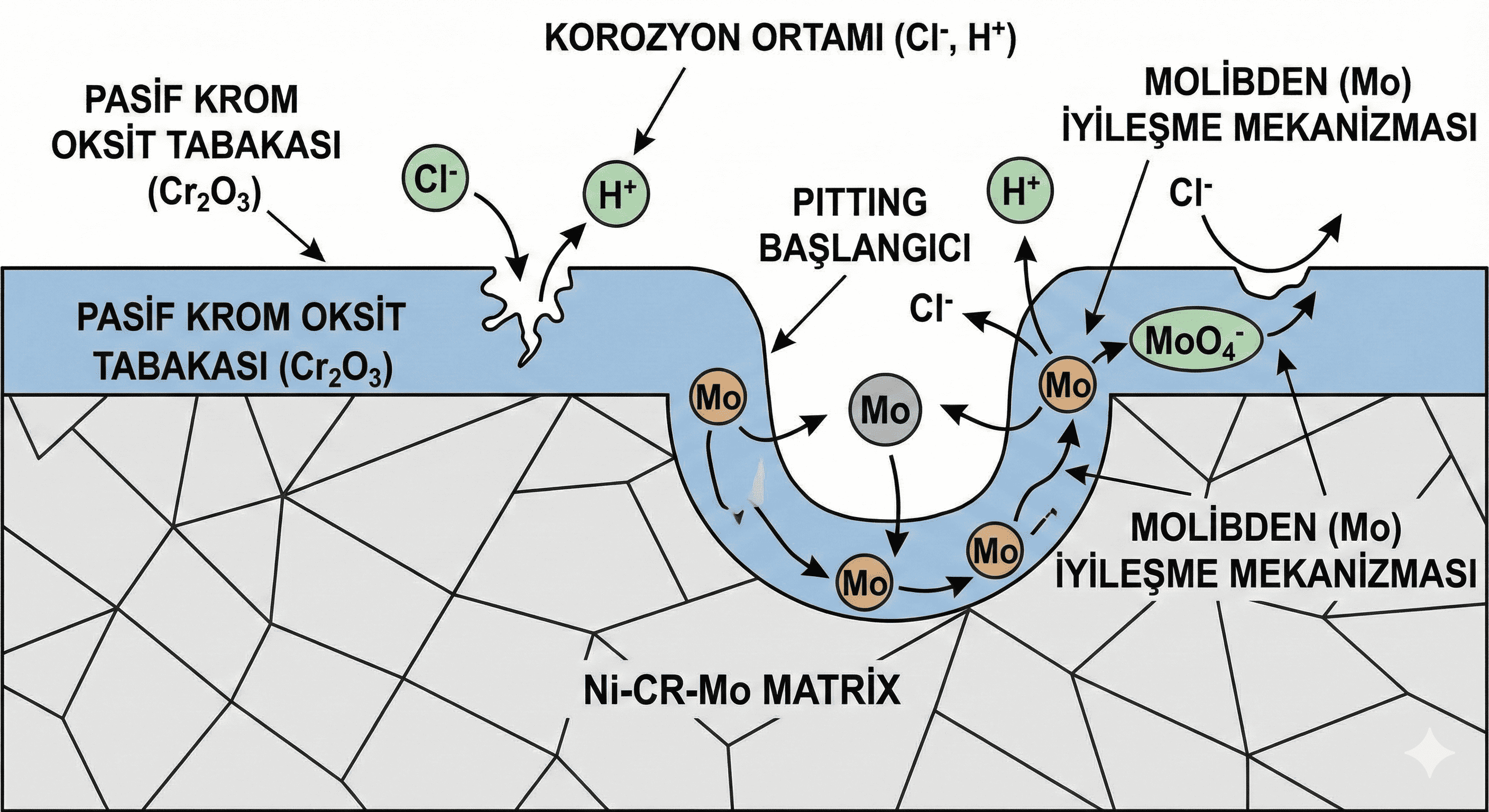Nickel nanoparticles (Ni NPs) are a class of transition metal nanoparticles with notable properties and a wide range of applications. This article provides an overview of recent developments in the synthesis methods, characterization techniques, and various applications of Ni NPs. Emphasis is placed on their role in catalysis, energy storage, electronics, and environmental remediation.
1. Introduction:
Nickel, a transition metal with atomic number 28, forms nanoparticles with unique physical and chemical properties compared to its bulk form. Nickel nanoparticles exhibit high surface area-to-volume ratios, enhanced catalytic activity, and tunable electronic properties, making them valuable for various applications across multiple fields.
2. Synthesis Methods:
- Chemical Reduction: Nickel nanoparticles are commonly synthesized through the reduction of nickel salts (e.g., nickel chloride or nickel sulfate) using reducing agents such as sodium borohydride or hydrogen gas. This method is straightforward and allows control over particle size and morphology.
- Physical Vapor Deposition (PVD): Involves evaporating nickel in a vacuum and condensing it onto a substrate to form nanoparticles. PVD methods are used to produce high-purity Ni NPs and thin films.
- Sol-Gel Process: Nickel nanoparticles can be prepared using sol-gel techniques, where nickel precursors are converted into nanoparticles through a gelation process. This method offers versatility in controlling particle size and distribution.
- Hydrothermal and Solvothermal Methods: These methods use high-temperature and high-pressure conditions to synthesize Ni NPs. They allow for the precise control of particle size and morphology.
- Electrochemical Methods: Nickel nanoparticles can be synthesized via electrochemical deposition, where nickel ions are reduced at an electrode surface to form nanoparticles.
3. Characterization Techniques:
- Transmission Electron Microscopy (TEM): Provides high-resolution images of Ni NP size, shape, and internal structure.
- Scanning Electron Microscopy (SEM): Offers detailed images of the surface morphology and particle size distribution.
- X-ray Diffraction (XRD): Analyzes the crystal structure and phase purity of Ni NPs, confirming their crystalline properties.
- Dynamic Light Scattering (DLS): Measures the size distribution and stability of Ni NPs in solution.
- Energy Dispersive X-ray Spectroscopy (EDX): Provides elemental analysis and confirms the composition of Ni NPs.
4. Properties:
- Optical Properties: Ni NPs exhibit surface plasmon resonance (SPR) in the visible range, which can be tuned by adjusting the particle size and shape. This property is useful in sensing and imaging applications.
- Magnetic Properties: Nickel nanoparticles display ferromagnetic behavior due to their high surface area and quantum effects. Their magnetic properties can be leveraged in data storage and magnetic resonance imaging.
- Catalytic Properties: Ni NPs are known for their high catalytic activity in various reactions, including hydrogenation, oxidation, and reforming processes. Their large surface area enhances their catalytic efficiency.
- Electrochemical Properties: Ni NPs are investigated for their use in batteries and supercapacitors due to their high electrical conductivity and electrochemical activity.
5. Applications:
- Catalysis: Utilized as catalysts in hydrogenation reactions, fuel cells, and environmental remediation. Ni NPs are effective in reducing pollutants and enhancing chemical reaction rates.
- Energy Storage: Applied in lithium-ion and sodium-ion batteries, as well as supercapacitors, due to their high surface area and conductivity.
- Electronics: Used in the production of electronic devices and sensors, leveraging their magnetic and electrical properties.
- Environmental Remediation: Employed in the degradation of organic pollutants and heavy metals in contaminated water and soil.
6. Challenges and Future Directions:
Despite their beneficial properties, challenges include the potential toxicity of Ni NPs, difficulties in scaling up synthesis methods, and issues related to particle stability. Future research aims to address these challenges by developing more sustainable and environmentally friendly synthesis methods, improving the stability and performance of Ni NPs, and exploring novel applications.
7. Conclusion:
Nickel nanoparticles offer a range of valuable properties that make them suitable for various technological and industrial applications. Ongoing research is focused on optimizing synthesis methods, enhancing their performance in different applications, and addressing environmental and safety concerns. As technology advances, Ni NPs are expected to play an increasingly important role in a variety of fields.
This overview of Nickel Nanoparticles covers their synthesis, properties, and applications. If you need more specific details or additional sections, feel free to ask!





